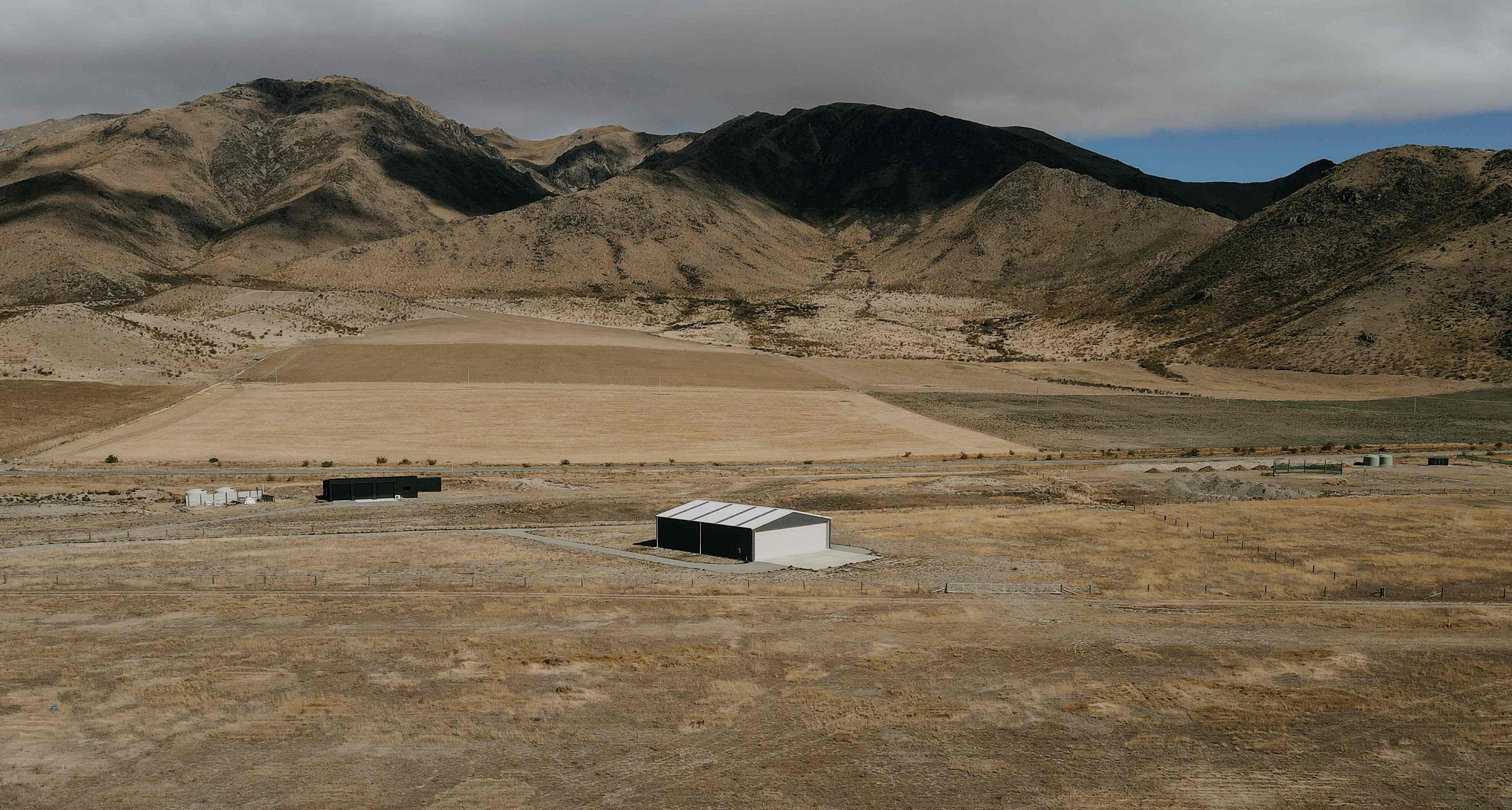.png?width=700&height=420&name=Coastal%20areas%20(1).png)
If you are looking at building a shed close to the ocean, you may be wondering, what is the best type of shed construction for a coastal environment?
The salt-laden wind is highly corrosive and will have a significant impact on the lifespan of your shed. In this blog, we discuss several factors to bear in mind when planning your coastal shed project to ensure maximum longevity.
Choosing the right materials
There are several types of shed construction options in New Zealand and choosing the right construction materials will be the main factor in determining the long-term success of your project. The salt-laden wind is one of the main issues to be aware of when building close to the coast as it deposits a fine layer of salt onto every surface. While regular cleaning of your shed to remove the salt layer is possible, it is not always practical and very rarely removes all salt.
The key here is to choose materials that either have a very good rust protection coating or don’t rust at all.
Timber vs steel
If you are considering a steel shed, it would be advisable to have a hot dip galvanised rust protection as this is a thick, durable coating that evenly coats every surface. Some steel systems, like roll form steel, for example, are only 2-3mm thick and cannot handle the heat of the galvanising baths. This means that the only protective coating available is electroplating and this is a thin layer that can wear off.
The other thing to bear in mind is that roll-form steel members are typically held together by tec screws which are screwed through the steel. This removes the protective coating from around the screw and leaves unprotected steel and when salt comes in contact with this area, rust forms quickly.
The other option is to build your shed out of timber, these sheds are typically held together by galvanized bolts and nails which means there are very few places where rust can form. Depending on how you have your shed configured, an all-timber shed is sometimes not viable. If you are needing a large clearspan shed with no internal centre supports, the timber beams may not be able to achieve the required span.
Here at Alpine Buildings, we use timber framing and then pair it with a hot dip galvanised, structural steel rafter to achieve larger spans while reducing the rust risk as much as possible.
Read our article on what is the best rust protection method for more information.
Coastal grade cladding
Corrosion Zones relate to the severity of exposure to wind-driven salt, with B being low risk, C medium risk and D high risk (Category A is not applicable in New Zealand). Exposure zone D includes all offshore islands, any area within 500m from the coastline and any area within 100m of a tidal estuary. If your shed is located in Exposure Zone D, the council will likely require you to use coastal-grade cladding. This is a cladding that has additional protective layers to increase the lifespan of the cladding in coastal areas. If you are within a kilometre of the open ocean, it is still considered good practice to upgrade to coastal grade cladding as strong winds can carry salt spray a considerable distance inland.
Fully enclosed vs open-front sheds
While salt-laden wind is typically more of a concern for open front sheds as salt-laden wind has direct access to the structural framing, it is still a major concern for fully enclosed sheds. The reality is that sheds are not airtight structures and salt-laden wind/air can still easily find its way inside the shed, even with the doors closed. It is just as important to consider the rust factor and its potential effects on the shed lifespan on a fully enclosed shed as it is on an open front shed as you only want to do the project once.
As you can see, there are a number of different shed construction methods available in New Zealand and not all of them are best suited to coastal environments. If you are considering building a shed in an area that gets salt-laden wind, it pays to do your research and minimise any rust risk as much as possible. A lot of the time, you can minimise the rust risk, and sometimes even eliminate it altogether, just by choosing the correct materials.
If you are unsure if you are located in a corrosion zone, or if you have any questions surrounding the rust protection methods available in New Zealand, talk to the team at Alpine Buildings, our experts would be glad to assist in any way possible.









